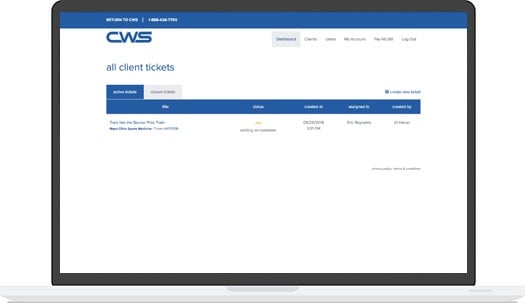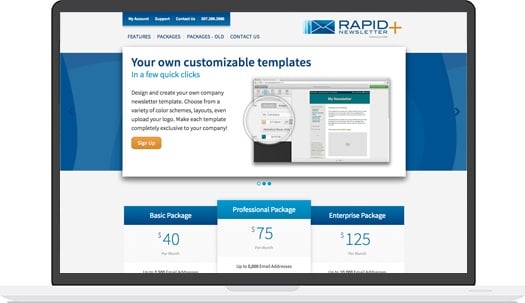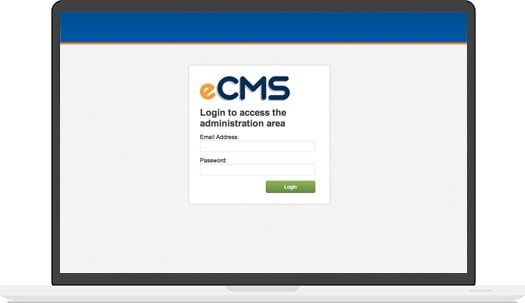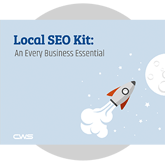Running a Facebook business page is different than operating a personal page for a myriad of reasons. Trying to win new customers is a far cry from sharing your vacation photos — but the objectives of the page aren't the only difference. When you log off your personal account, hopefully you're not worried about following up later to see if your meme got enough likes. Business pages require much more monitoring and analysis.
In fact, a Facebook business page can often use a dedicated part-time employee who becomes an expert in how to best leverage your page. Here are five Facebook metrics someone at your company should be tracking.
[RELATED: How to Add Facebook Reviews to Your Website and Why You Need Them]
1. Fan Demographics
You're sending out thoughtful content, but do you know who you're talking to? Over on your "People" tab, you can view the type of people who make up your Facebook fans. Everything from age to gender and location are displayed. Of course, you only have access to the information your fans have chosen to make public, but you can still get a good picture. You can also see the demo of people who are engaging with your page.
Use this data to cater your messages to the people on your page. Or, if you don't see enough of your target customer represented, you may want to target some ads at your ideal market to bring them on board.
2. Post Reach
Your post reach represents the number of unique people who view your content. Your reach number is relevant for a few reasons. Principally, it informs the rest of your engagement metrics, from likes to shares. The more people who see your stuff, the more interactions you can earn. It's also more informative than your impressions metric, which could include multiple views by the same person. You need to know how far your posts are reaching to figure out if your content is giving you the brand awareness you hope it is. While it's hard to say exactly what number you should shoot for, consistent growth is a good KPI.
3. Paid Likes
If you're running Facebook ads, your paid likes metric is a critical metric. It lets you know how many of your page likes were the direct result of your paid efforts. If this number is low, you may want to reconsider your ad spend or direct it to a different type of user.
4. Referral Traffic
Whether you check your Facebook metrics weekly or monthly, don't forget to head over to Google Analytics and see the referral traffic metric for your website. This figure tells you how much of your website traffic is coming from Facebook. In other words: How many times do your Facebook fans leave your business page and go to your site to learn more? If Facebook isn't sending many people to other channels where they can make a purchase, how can you start driving them to click? Try more assertive calls to action in your posts.
5. Pages to Watch
Keeping an eye on your competitors never hurt. Turn to the bottom of your "Overview" page to see a section called "Pages to Watch." This is a list of a few Facebook pages that are similar to yours, along with their engagement and growth metrics. See someone doing better than you in the engagement department? Take a trip to their page to see what fans are responding to.
Tracking Facebook metrics can help you see a social media breakthrough. If your engagement is slow-going, try, try again. Using the power of analytics, you will eventually be able to develop a profile for your ideal fan and the type of content they crave.

.jpg?t=1533315998368) How-To Articles
How-To Articles Support Portal
Support Portal Webmail
Webmail Rapid Newsletter+
Rapid Newsletter+ eCMS
eCMS


 Alex Slack is a Project Manager and Content Creator. Her magic formula for marketing success is summarized by the 3Cs: communication, creativity, and care. She will help manage your project from the initial brainstorm session, to the height of your campaign and beyond. Let Alex guide you and help simplify this crazy world of digital marketing!
Alex Slack is a Project Manager and Content Creator. Her magic formula for marketing success is summarized by the 3Cs: communication, creativity, and care. She will help manage your project from the initial brainstorm session, to the height of your campaign and beyond. Let Alex guide you and help simplify this crazy world of digital marketing!
